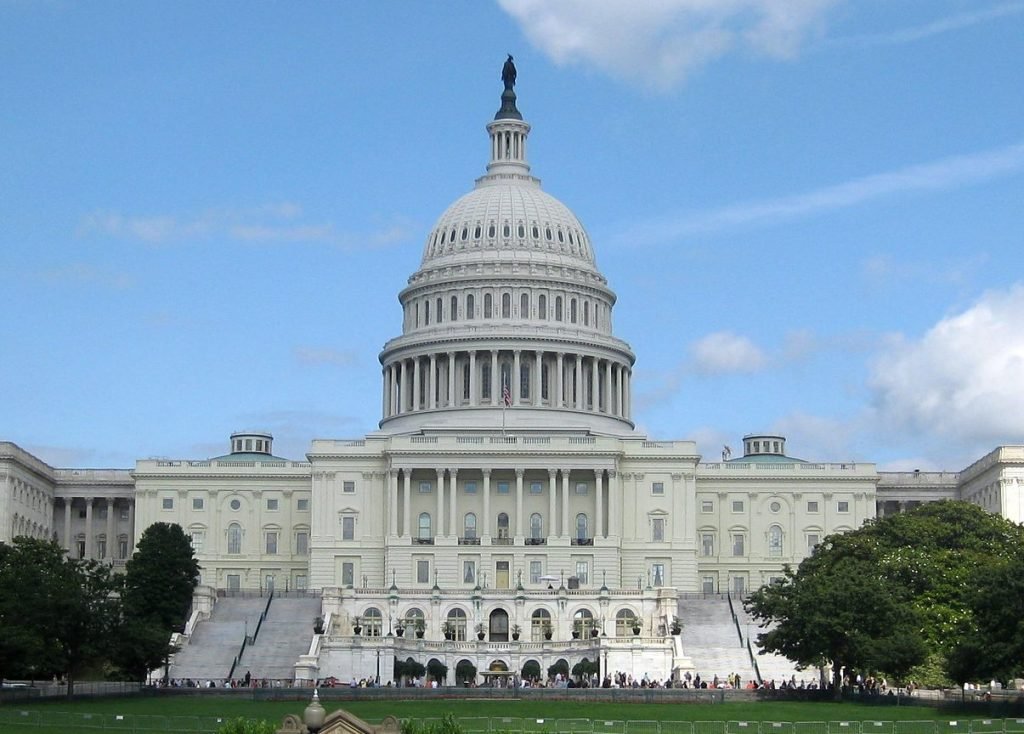You are driving down the highway when, without warning, traffic comes to a sudden stop as you enter a tunnel. You reach for your hazard lights, but they are not where you expect. Instead of a button, they are buried in a menu on your car’s touchscreen. You tap the screen, but it freezes. Now what?
Since the mid-2010s, many automakers have embraced a buttonless future, inspired by smartphones and Tesla’s minimalist designs. Even safety functions such as hazard lights, windshield wipers and defrosters have moved to digital-only touchscreens. But the dream of a sleek, futuristic cockpit is increasingly colliding with human limits, especially when split-second decisions are critical.
So why did companies pursue this direction in the first place? Beyond the appeal of minimalist design, the shift was largely financial. Eliminating buttons reduces parts and manufacturing complexity. It supports over-the-air software updates, which allow automakers to introduce subscription-based features such as navigation, voice commands and even heated seats without dealer visits. This model mirrors the smartphone industry: sell the hardware, then monetise through software.
But now, a reversal is under way. Carmakers are bringing back the very buttons they once declared obsolete. The pivot is especially striking in Asia. After helping drive the adoption of touchscreen-dominated interiors, the region is now among the first to course correct.
Chinese EV makers like Xiaomi, BYD and Denza are leading the charge. Xiaomi’s SU7, for example, offers an optional row of physical keys that magnetically attach beneath the central touchscreen. BYD’s Sealion 05 includes buttons on the centre console. Denza, a BYD sub-brand, updated its D9 model by replacing touch panels with switches. In Japan, Subaru, after briefly experimenting with touchscreen-heavy layouts, reversed course this year, reintroducing physical controls in models such as the 2026 Outback.
Europe may prove to be the strongest force in accelerating the dashboard redesign. Euro NCAP, Europe’s car safety authority, has announced that by 2026, essential functions like turn signals and hazard lights must be accessible through physical buttons to earn its top safety rating.
A 2005 Volvo with traditional physical buttons allowed drivers to complete basic tasks in just 10 seconds, less than one-quarter of the time it took in modern touchscreen-equipped cars, where simple tasks took up to 44.6 seconds to complete, according to a Swedish road test by Vi Bilägare. A study by the Transport Research Laboratory found that using in-car touchscreens can impair driver reaction times more than being over the legal alcohol limit or under the influence of cannabis.
From a cost perspective, reintroducing physical controls may seem like a regression. Assuming added costs of around $100 for components, wiring and assembly per vehicle, a global automaker producing 10mn cars annually could face up to $1bn in extra expenses.
But on a per-unit basis, that is less than 1 per cent of the average retail price of a mid-range car and significantly less than the potential financial risks of relying solely on touchscreens. A decline in Euro NCAP ratings, for example, can dent consumer trust, raise insurance costs and lower fleet sales, particularly in Europe, where fleet purchases account for over half of all new car registrations. Meanwhile, in competitive markets like China, home to over 100 electric car brands, even a slight drop in a brand’s net promoter score — the main measure of customer loyalty — can quickly erode market share.
The return of the button is part of a recurring pattern in the history of technology. Time and again, industries have mistaken minimalist interfaces for progress. In the early 2000s, mobile phone makers rushed to eliminate physical keys, only to bring back buttons for volume, lock and emergency access. Even the iPhone’s silent mode toggle remains, for the same reason drivers need a hazard button: you can find it without looking.
In aviation, touchscreen interfaces were initially seen as revolutionary, but research since the late 2010s has shown that in turbulence or emergencies, nothing beats the speed of a physical switch. Factory equipment, medical devices and military hardware all continue to rely on dedicated controls.
Lessons across industries remind us that in critical moments, the human brain defaults to muscle memory. In cars, that means building around how people actually drive. Sometimes, progress means turning back.































